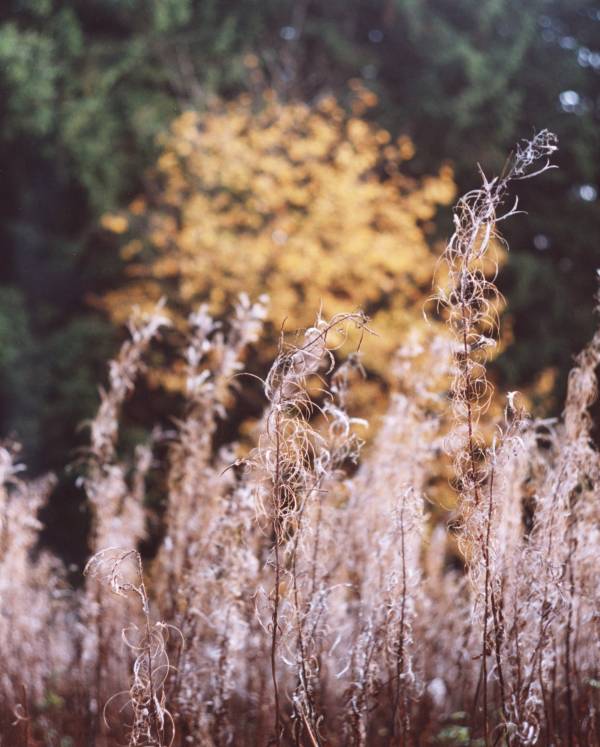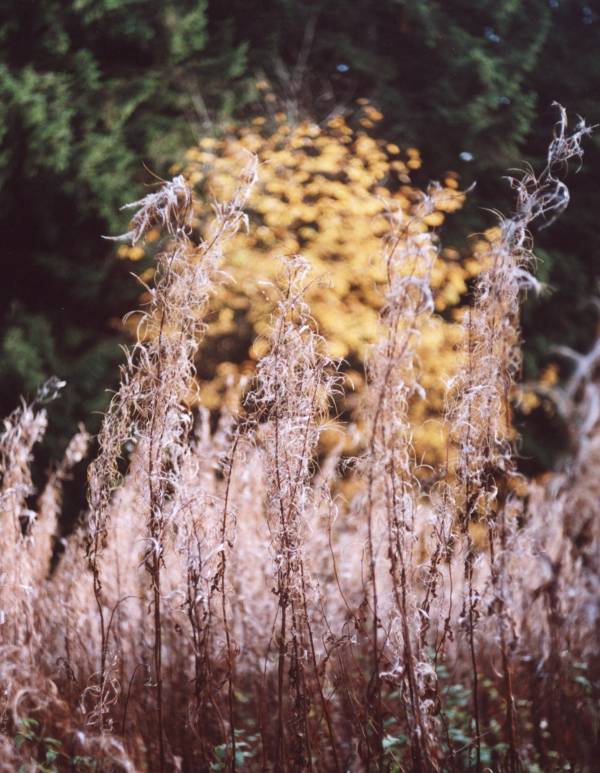| Pentax Early
Takumar Primes |
|
|
back to Pentax back to Cameras Main Page |
|
|
|
|
|
|
|
|
|
|
|
|
| |
open |
LP/mm Center/Edge |
mid. |
LP/mm Center/Edge |
closed |
LP/mm Center/Edge |
Color |
Bokeh |
|
| (P) Takumar
2.4/58mm (1957) |
f/2.4 |
44/ 39 |
f/4 |
56/ 56 |
f/8 |
44-56/ 70 |
** |
|
|
| |
|
contrast very low |
|
low contrast |
|
sharp edges; harmonic performance |
|
|
| (P) Takumar
2.0/58mm (1957) |
f/2 |
39/ 31 |
f/4 |
70/ 44 |
f/8 |
70/ 70 |
** |
|
|
| |
|
chromatic aberration,
contrast very low |
|
low contrast |
|
edges slightly dull; better sharpness
than the 2.4/58mm |
|
| (P) Takumar
2.2/55mm (1957) |
f/2.2 |
52/ 26 |
f/4 |
82/ 47 |
f/8 |
74/ 78 |
|
|
|
| |
|
low contrast |
|
stunning center performance |
|
|
|
|
| A-Takumar 2.0/55mm
(1959) |
f/2 |
65/ 41 |
f/4.8 |
74/ 52 |
f/9.5 |
82/ 82 |
|
|
|
| |
|
low contrast |
|
|
|
overall best sharpness in this
comparison |
|
| A-Takumar (Zebra)
1.8/55mm (1958) |
f/1.8 |
37/ 29 |
f/4 |
82/ 59 |
f/8 |
82-94/ 74 |
|
|
|
| |
|
chromatic aberration,
low contrast |
|
|
|
|
|
|
|
| A-Takumar (black)
1.8/55mm (1962) |
f/1.8 |
65/ 26 |
f/4 |
37/ 41 |
f/8 |
74/ 74 |
|
|
|
| |
|
contrast very low |
|
low contrast, out of foucs? |
|
|
|
|
|
| SMC-Tak. 1.4/50mm
(1972) |
f/1.4 |
40/ 36 |
f/4 |
32/ 40 |
f/8 |
81/ 72 |
|
|
|
| |
|
|
|
out of focus? |
|
|
|
|
|
| Isco A.-Westagon
1.9/50mm |
f/1.9 |
36-32/ 36-23 |
|
working only at full aperture |
|
|
|
| |
|
|
|
|
|
|
|
|
|
| |
|
|
| Wide-Angles |
|
| A-Tak. 3.5/35mm
(1959) |
f/3.5 |
73/ 59-51 |
f/8 |
73/ 65-51 |
f/11 |
81-73/ 73-65 |
|
|
|
| |
|
slight light-falloff to the
edges |
|
|
|
|
|
|
| A-Tak. 2.3/35mm
(1959) |
f/2.3 |
37/ 32 |
f/4 |
59/ 46 |
f/8 |
81/ 73 |
|
|
|
| |
|
|
|
|
|
|
|
|
|
| Carl Zeiss
Jena 2.4/35 mm |
f/2.4 |
40/ 32-40 |
f/4 |
46/ 46-37 |
f/9.5 |
59/ 51 |
|
|
|
| |
|
|
|
|
|
|
|
|
|
| |
| How the test
was performed: |
|
| Camera (Pentax SP-1000) standing on a wodden
tripod, exposure-times 1/1000s - 1/30s with air pressure bulb attached
to the trigger |
|
| Film: Fuji Sensia 100 ASA Color Slide film.
My feel is that the grain of this particular film limits the resolution
to about approx. 85-90 line-pairs per millimeter) - but this is my "common"
slide film. Maybe Sensia has a somewhat finer grain |
|
| Object: My neighbor's barn side in my garden,
8.5m distance. The camera position wasn't moved when changing focal lengths.
Scale of focus: 58MM: 146.6 55MM: 154.6 50MM: 170 35MM: 242,9 |
|
| Focussing:
At the center chart. With the f/1.4 wide open at both charts (2 pictures)
|
|
| 3
pictures for each lens: wide open, at f/4 and f/8. At some lenses, according
to TTL-metering of the camera, half stop more because the camera makes
no shutter times "in-between". TTL measurings turns out to be precise.
|
|
| Not finished: Comaprison with my SMC-M Takumar
1.7/50mm at my Pentax MX; Zeiss Planar 1.4/50 and Voigtländer Color-Ultron
(1.8/50mm) at my Rolleiflex SL350 |
|
| Two exposures noted in italic may be slightly
out-of-focus (not equal distance for all targets): Maybe the 1.8/55m
Zebra wide open is also slightly off |
|
| Weather: no direct sun, a bit cloudy. Not
equal light at every picture |
|
| Evaluation:
MGF optical microscope, 60x. Two figures (value1-value2) means different
tangential and sagittal resolution figures |
|
| Targets: Two USAF-test charts, tomatoes placed
on a plate, autumn leaves and twigs of a small tree. No real big contrasts |
|
| Scanning: My Plustek ST48, although 2400x4800dpi
capable according to spec, don't show the deatils which can be seen in
microscope. Pictures just for imagination how the test was proceeded |
|
| |
| Results: The test shows that
vintage Pentax lenses are capable of doing a good job for today's standard
with normal film, even if some lacks of overall contrast at larger apertures.
What can be hardly described is the color rendition of the 58mm lenses
(Heliar and Sonnar types) which looks nicer than with later types. |
| The "Gaussian Types" (even the 5-elements 2.2/55
Takumar) show higher sharpness and slightly better contrast wide open.
This was probably the reason why the 58mm designs were ceased in 1958. |
|
| Wideangle lenses: The 2.3/35 is somewhat weaker
wide open than the (very strong) 3.5/35mm. At large apertures hardly any
difference in sharpness to detect (the 2.3 slightly better) |
|
| Both German M42 lenses in this evaluation
didn't match the quality of the Takumar lenses, both in overall impression
of the results and resolution figures |
|
| © Frank Mechelhoff, NEW 1.November 2005 |
|
| |
|
| (Pictures can be seen only with Mozilla Firefox
for some reasons; please ask Mr. B.Gates why...) |
|
|
|
|
|
|
|
|
...Example: Auto-Takumar 2.0/55mm (1959)
|
|
|
|
|
|
|
|
...Example: (Preset-) Takumar 2.4/58mm (1957)
|
|
...Example: (Preset-) Takumar 2.0/58mm (1957)
|
|
|

|
|

|
|

|
|

|
|
|
|

|
|
|
|

|
|
|
|
|
|
| |
| |
| |
| |
| |
| |
| |
| |
| |
| |
| |
| |
| |
| |
| |
| |
| |
| |
| |
| |
| |
| |
| |
| |
| |
| |
| |
| |
| |
| |
| |
Bookeh comparison


Comparison of "bookeh" (background unsharpness): left Takumar 2.0/58mm (1957),
right Takumar 2.4/58mm (1957), both wide open.
The 2.0/58mm looks better, less disturbed. Even if the sharpness wide open
is better than the 2.0/58mm, the 5-elements Heliar type design
of the f/2.4 lens seems to be overstrained a bit. The 2.0/58mm shows a charateristic
typical for the Sonnar family (6 elements) it belongs to.
|
| |
| |
|
|
|
|
|
|
|
|
|
|
|
|
|
|
|
|
|







